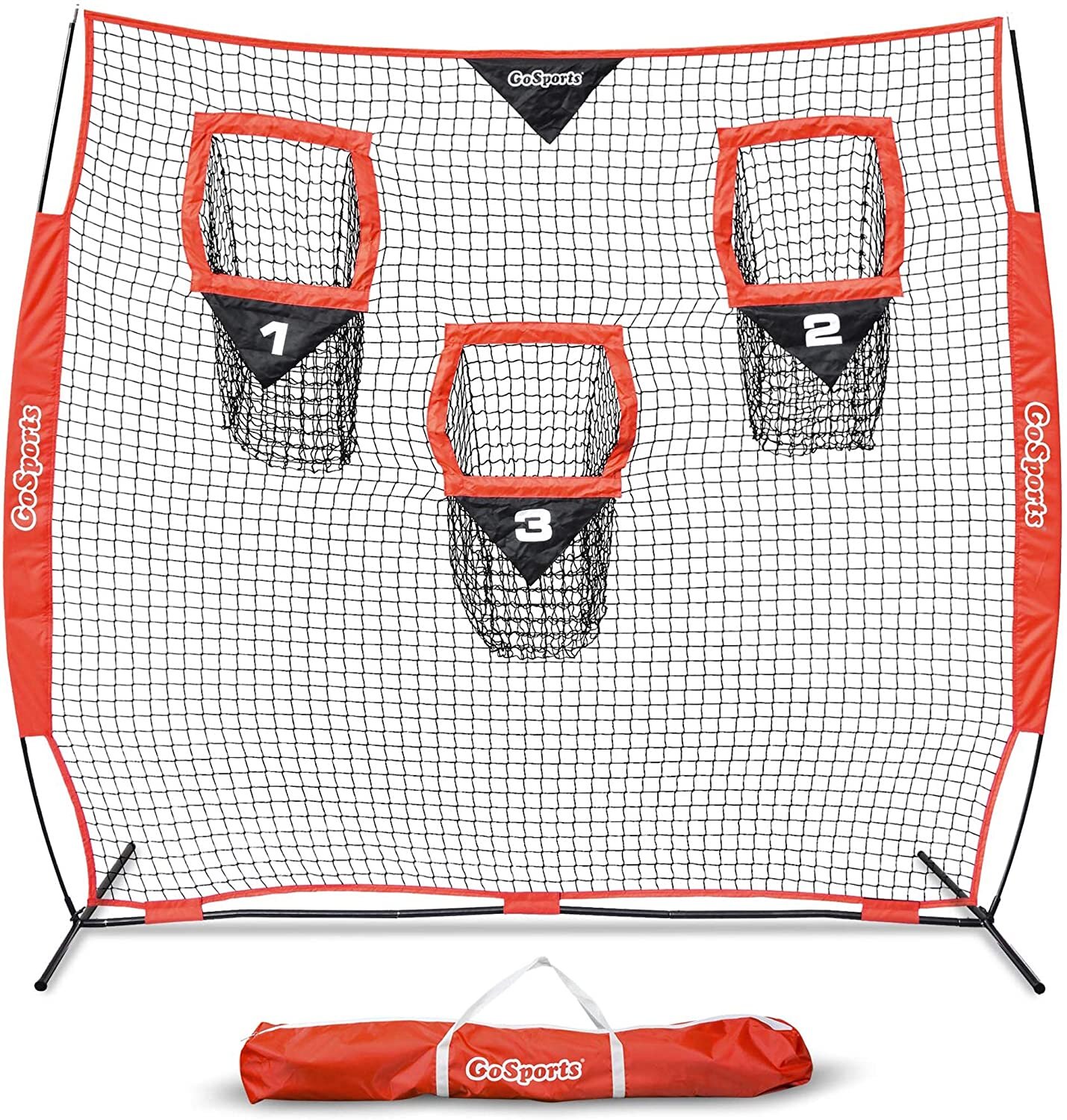Rising Concerns: Addressing Injuries in High School Football
High school football, a beloved American tradition, is not without its share of concerns. Over the years, there has been a growing apprehension regarding the increasing number of injuries suffered by young athletes on the gridiron. In this article, we will explore the rising injuries in high school football and the strides made in improving equipment to enhance safety. We will also delve into the adjustments made by different high school federations to make the game safer for young athletes.
The Escalating Concern
High school football has always been a physically demanding sport, but the rising number of injuries among student-athletes has raised alarms. These injuries can range from minor sprains to severe concussions and catastrophic injuries. Factors contributing to these injuries include the sheer physicality of the game, improper tackling techniques, and the athletes' developing bodies, which may not be fully prepared for the physical demands of football.
Equipment Improvements for Safety
1. Helmet Technology: Helmets play a crucial role in protecting football players from head injuries. Advances in helmet technology have led to the development of helmets with improved impact-absorbing materials, such as foam and air cushions. Companies like Riddell and Xenith have designed helmets that aim to reduce the risk of concussions.
2. Pads and Padding: Innovations in shoulder pads and padding materials have led to better protection for players. Enhanced padding can help reduce the risk of contusions, fractures, and soft tissue injuries.
3. Mouthguards: Custom-fitted mouthguards are increasingly used to reduce the risk of dental and head injuries. They can also help in preventing concussions by absorbing and dissipating impact forces.
4. Hydration and Cooling Gear: To address the risk of heat-related injuries, specialized cooling gear, such as cooling vests and helmets with built-in ventilation, are now available.
High School Federations' Efforts
1. Rule Changes: Many high school football federations have introduced rule changes aimed at enhancing player safety. These changes often focus on reducing high-impact plays and eliminating dangerous techniques like targeting.
2. Concussion Protocols: Awareness about concussions has led to the implementation of strict concussion protocols. Players who exhibit signs of a concussion are removed from play and must pass a series of evaluations before returning.
3. Limiting Contact: Some high school programs have adopted policies to limit the amount of full-contact practice to reduce the risk of repetitive head and body trauma during the week.
4. Coaching Education: High school football coaches are increasingly required to undergo training on safety measures, proper tackling techniques, and recognizing signs of injury.
5. Offseason Conditioning: Preseason and offseason conditioning programs are designed to prepare athletes physically for the demands of football, reducing the risk of injury.
Conclusion
While the rising injuries in high school football are a cause for concern, significant steps have been taken to make the game safer for young athletes. Innovations in equipment, such as helmets, pads, and mouthguards, have improved player protection. High school federations have also made adjustments, including rule changes and increased awareness about concussion protocols.
Despite these efforts, it is essential to remember that football is an inherently physical sport, and injuries may still occur. Therefore, it is crucial for schools, coaches, parents, and athletes to work together to prioritize safety, implement best practices, and continue advocating for further advancements in football safety to ensure that young athletes can enjoy the benefits of the sport while minimizing the risks.


